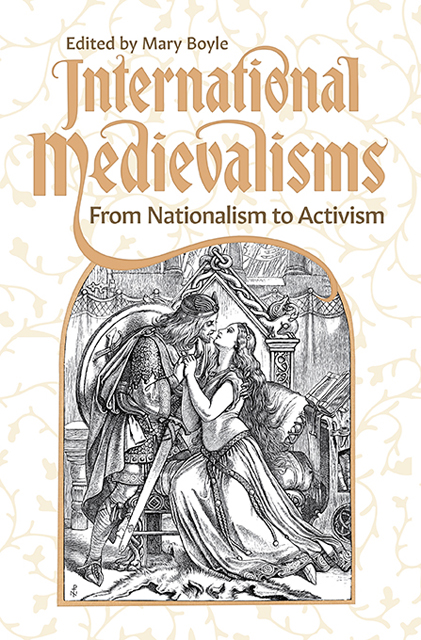9 - ‘Green Growing Pains’: The ‘Green Children of Woolpit’ and Child Refugees
Published online by Cambridge University Press: 09 June 2023
Summary
At the end of a long summer's day after a day of toil, workers are heading home. Suddenly, they come across two children, crying pitiably. When they ask what is wrong, there is no response. The children are taken to the authorities and questioned, but no answers are forthcoming; the youngsters do not seem to know any English. Nor will they accept any of the food they are offered, and they continue to cry miserably until – quite by chance – someone brings in some food they do recognize and they are willing to eat. This seems to function as a kind of turning point, for the girl at least. She becomes accepted within the local culture, acquires the language, and thrives in certain respects, though some of the community question her sexual morals. The boy, however, cannot follow his sister in making a new life, and he gives up, wasting away and finally dying. There is one other noteworthy detail: the children had a skin-colour quite different from what was typical in their host community. They were both bright green.
The Green Children
Such, in outline, is the story of the ‘Green Children of Woolpit’, recorded by two independent chroniclers, Abbot Ralph of Coggeshall, a religious house not far from Woolpit, and William of Newburgh in distant Yorkshire, in the late twelfth and early thirteenth centuries. The two chroniclers’ accounts roughly concur, both with regard to what happened to these lost children and the children's later account of their original homeland. As just related, the distraught children cannot communicate, cannot eat the unfamiliar food they are offered – until by chance they consume the beans – and the boy dies. The girl, however, thrives and is baptized, according to Ralph. Both indeed are baptized in William's version, but this does not help the boy. The girl learns English and loses her distinctive feature of green-skinnedness. In Ralph of Coggeshall, she goes to the bad: ‘[N]imium lasciva et petulans exstitit’ [Becomes rather wanton and impudent]; in William of Newburgh's account, she marries at some distance away in (King’s) Lynn. Once she (or they) acquire English, the children are able to explain some details about their homeland. They purport to come from a hidden underground land.
- Type
- Chapter
- Information
- International MedievalismsFrom Nationalism to Activism, pp. 143 - 156Publisher: Boydell & BrewerPrint publication year: 2023
- 1
- Cited by

